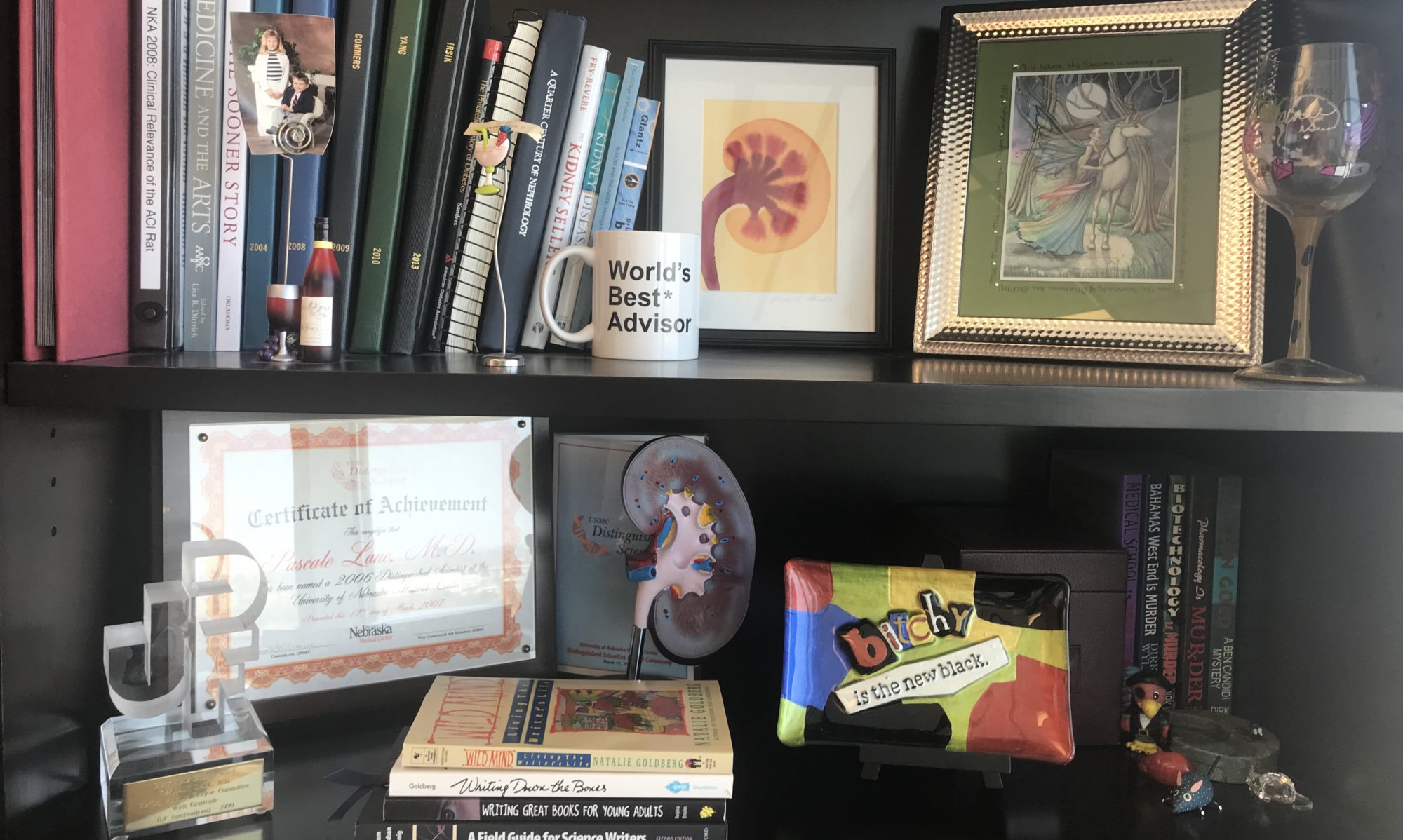 Each kidney contains a bunch of discrete units or nephrons that include a filtering unit, the glomerulus, and a tubule that reclaims all the useful stuff from the filtrate. When we discuss how the kidneys work, we often treat the kidney like it’s a single nephron, but it’s a whole bunch of units that need to be on the same page regarding the body’s requirements.
Each kidney contains a bunch of discrete units or nephrons that include a filtering unit, the glomerulus, and a tubule that reclaims all the useful stuff from the filtrate. When we discuss how the kidneys work, we often treat the kidney like it’s a single nephron, but it’s a whole bunch of units that need to be on the same page regarding the body’s requirements.
Prior studies have demonstrated that nephrons can signal each other over short distances, but these have been hampered by the inability to look at more than a handful of nephrons at once. Enter a possible solution for imaging of circulation:
Postnov D, Marsh DJ, Holstein-Rathlou N-H, Cupples W, and Sosnovtseva O: High-resolution optical imaging of synchronization in the renal circulation.
I have a difficult time doing this poster justice, since I do not have images to post. Suffice it to say that they have a laser speckle imaging set up that provides spatial resolution to 0.8 μm per pixel. They were able to analyze clustering of flow in ~1.5 x 1.5 mm^2 areas of renal cortex and gauge how well synchronized flow was.
This is a cool toy I would love to play with, and I can imagine some interesting studies coming from this new technology. If you missed the poster, check out the abstract above.

